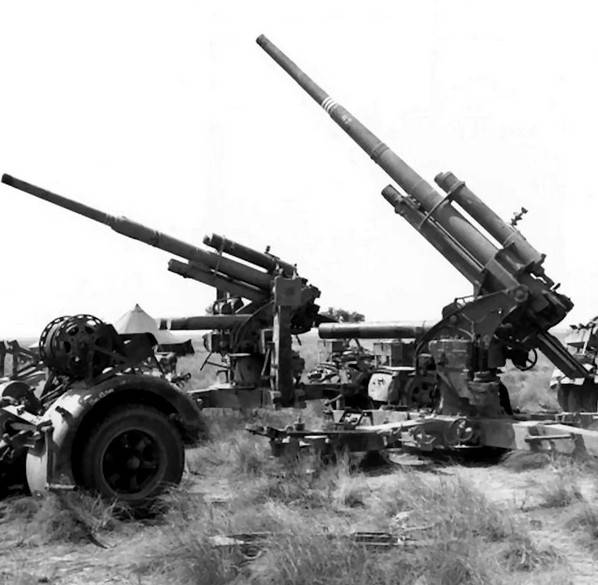
Dutch F-16 pilots training in Arizona
There are no aircraft shelters in Tucson like there are Dutch air bases. Therefore, Dutch F-16s stand in the open, under sun visors, as shown in photo J-010. This is the aircraft assigned to the squadron leader, which is written on the frame of the cockpit cover. Photo by Niels Hugenboom
The selection of candidates for the Royal Netherlands Air Force Basic Training School is based on prepared competency profiles, medical examinations, physical fitness examinations and psychological examinations. After graduating from the Royal Military Academy and the Basic Aviation Training School, candidates selected to fly F-16 fighters are sent to Sheppard Air Force Base in the United States for further training. They then transfer to a Dutch unit at Tucson Air National Guard Base in the middle of the Arizona desert, where they become Dutch F-16 pilots.
After graduating from the Royal Military Academy, pilots enter the basic aviation training course at the Wundrecht base in the Netherlands. The course leader, Major Pilot Jeroen Kloosterman, explained to us earlier that all future pilots of the Royal Netherlands Air Force and the Royal Netherlands Navy have been trained here since the organization of military basic aviation training in 1988. The course is divided into the ground part and practical exercises in the air. During the ground part, candidates study all the subjects required to obtain a pilot's license, including aviation law, meteorology, navigation, use of aircraft instruments, etc. This stage takes 25 weeks. Over the next 12 weeks, students learn how to fly Swiss Pilatus PC-7 aircraft. The Dutch military aviation has 13 of these aircraft.
Base Sheppard
After completing a military basic aviation training course, future F-16 pilots are sent to Sheppard Air Force Base in Texas. Since 1981, a joint training program for combat pilots for the European members of NATO, known as Euro-NATO Joint Jet Pilot Training (ENJJPT), has been implemented here. This brings many benefits: lower costs, a better environment for aviation training, increased standardization and interoperability, and more.
At the first stage, students learn to fly the T-6A Texan II aircraft, and then move on to the T-38C Talon aircraft. Upon completion of this flight training, cadets receive pilot badges. The next step is a tactical course known as the Introduction to Fighter Fundamentals (IFF). During this 10-week course, students train in combat formation flying, learn the principles of BFM maneuvering (Basic Fighter Maneuvers), offensive and defensive operations in combat with an air enemy, as well as in complex tactical scenarios. Part of this course is also training in the handling of real weapons. To this end, students fly armed aircraft AT-38C Combat Talon. After completing the course, candidates for fighter pilots are sent to the Tucson base in Arizona.
Dutch branch in Tucson
Tucson International Airport is home to the Air National Guard and its 162nd Wing, which houses three F-16 training squadrons. 148th Fighter Squadron - Dutch Squadron. The wing occupies 92 acres of land near the Tucson Civil Airport buildings. This part of the airport is officially called the Tucson Air National Guard Base (Tucson ANGB). The 148th Fighter Squadron, like the others, uses the same runway and taxiway as a civilian airport, and uses airport security and emergency services provided by Tucson International Airport. The main task of the 148th Fighter Squadron is to train Dutch F-16 pilots.
In 1989, the Netherlands and the US entered into an agreement to use Air National Guard funds and personnel to train Dutch F-16 pilots. The Dutch were the first of many countries to begin training in the National Air Guard. In 2007, training was transferred to the 178th Fighter Wing of the Ohio Air National Guard in Springfield on a three-year contract, but returned to Tucson in 2010. The unit is entirely Dutch, and although it is administratively integrated into the structures of the 162nd Wing, it has no American oversight - Dutch standards, training materials and rules of military life apply here. The Royal Netherlands Air Force has 10 of its own F-16s here (five single-seat F-16AMs and five two-seat F-16BMs), as well as about 120 permanent troops. Among them are mainly instructors, as well as simulator instructors, planners, logisticians and technicians. They are supplemented by about 80 US Air Force soldiers who serve under Dutch command and follow Dutch military disciplinary procedures. The current commander of the Dutch unit in Tucson, Arizona is Lieutenant Colonel Joost "Nicky" Luysterburg. "Nicky" is an experienced F-16 pilot with over 4000 hours of flying this type of aircraft. While serving in the Royal Netherlands Air Force, he participated in 11 overseas missions such as Operation Deny Flight in Bosnia and Herzegovina, Operation Allied Forces in Serbia and Kosovo, and Operation Enduring Freedom in Afghanistan.
Basic training on the F-16
Each year, the Dutch unit in Tucson has approximately 2000 hours of flight time, of which most or half is dedicated to student F-16 training, known as Initial Qualification Training (IQT).
Lieutenant Colonel "Nicky" Luisterburg introduces us to IQT: the transition from T-38 to F-16 begins with a month of ground training, including theoretical training and simulation training. Then the practical training phase of the F-16 begins. Students begin by flying with an instructor in the F-16BM, learning to fly the aircraft by performing simple maneuvers in circle and area flights. Most pilots make their first solo flight after five flights with an instructor. After solo flight, the trainees continue to learn BFM - basic fighter maneuvers during the air-to-air training phase. BFM training covers the basic maneuvers used in aerial combat to gain an advantage over the enemy and develop a convenient place to use your own weapons. It consists of offensive and defensive maneuvers in various scenarios of varying degrees of difficulty.
